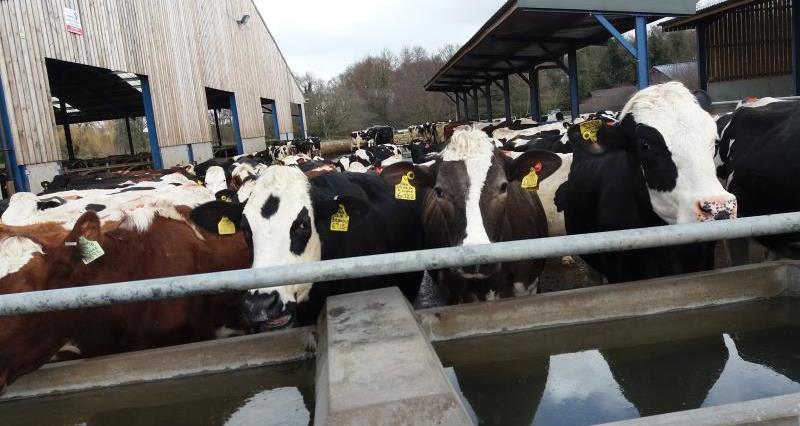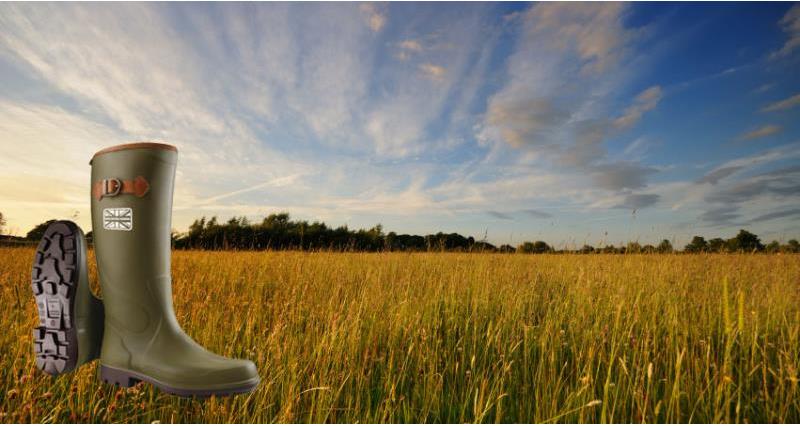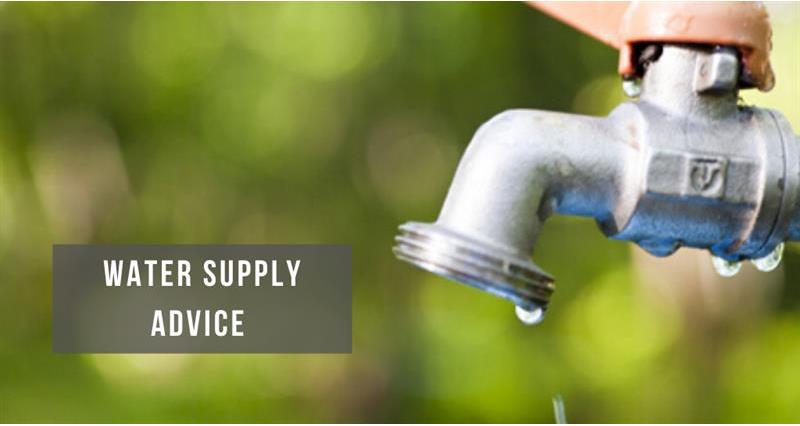Extreme weather and temperature changes can make your farm vulnerable to water supply interruptions.
This is particularly the case if you farm livestock - for instance, lactating cows need between 60 to 100 litres of water per day, while lactating sows and gilts may require 15 to 30 litres per day.
With threats such as freeze-thaw, droughts and heatwaves being key factors in water supply disruptions, it's important to stay one step ahead. This guide explains what you can do now to reduce the impact of any problems in future.
What to do in the event of a supply interruption:
- Identify the source of the issue. Is it on the public or private water supply system?
- Find out if the issue is localised. Is it just your farm or the wider area?
- Let your water wholesaler and retailer know how you are affected
- Reduce your non-essential water usage and prioritise use for essential activities
- Speak to neighbours to see if there are any opportunities to share or trade water
- Be prepared to describe your daily water requirements. Use the AHDB Dairy Water Audit to help.
- Install sufficient, clean storage facilities to receive alternative water supplies, such as those delivered by tanker
- Depending how long your supply is interrupted, you may need to consider alternative options from specialist companies such as Water Direct and Wincanton.

Types of farm water supply
Water can be supplied on-farm through public water mains or through private supplies such as boreholes. More than one type of water source may be in place on any one farm.
Although the majority (around 85%) of farms have a mains water supply, 31% also abstract from watercourses for immediate use while around 25% use boreholes.
Having access to different sources of supply spreads your risk of exposure to water shortages.
Mains water supply
Mains water is supplied to farms by wholesalers. Changes put in place in April 2017 now mean business customers must work with an intermediary retailer which provides billing and other services.
As business customers, farmers can now choose their water services provider.
In the event of an interruption to the mains supply network, contact the water wholesaler in the first instance.
Retailers may be able to support if the matter relates to private infrastructure e.g. if they offer leak repair or other similar activities. Follow up with the retailer for any support in ensuring the wholesaler acts to restore your water supply.
Farms with livestock are classified as Category 4 Sensitive Customers. They are recognised as vulnerable during times of supply interruption, but there are higher priorities such as hospitals.
Temporary alternative water supplies are provided on the basis of available resource and prioritisation of the most vulnerable sections of the population. Farms should make alternative supply arrangements for such emergencies.
What you should do:
- Register with your water retailer as a Category 4 customer
- Calculate your daily water usage needs (potable and non-potable water) and what on-farm water storage is available to provide some resilience and on-going water supply, should there be a network failure
- If in need of emergency water supplies, contact a specialist provider or ask your retailer about options for additional water deliveries. There will be a charge for this service.
- Burst pipes may be private (on the customer’s side of the meter) or on the public water supply system. Depending on your supplier’s policy, you may be responsible for locating and repairing the leak, and paying for the water used (or wasted) during the leak.
- To avoid unexpected charges and track leakage, put a process in place to monitor for potential leaks either through regular meter readings or using leak detection services.
- If your farm has a mains water supply, you must comply with the water supply fittings regulations to prevent back-flow of water into the mains supply.
Private water supply
Many farmers invest in abstraction pumped from surface water or boreholes to supply water to their farms for a range of uses.
The responsibility for human health risks associated with private water supply rests with the farmer and is regulated by local authorities (councils). Be familiar with the Drinking Water Inspectorate (DWI) guidance on regulations associated with private water supplies.
The regulations apply to private water supplies where the water is intended for human consumption. This is relevant to domestic use or in food manufacture and production business, which needs water that is safe to drink at all times.
If the supply is used solely for irrigation in a garden or to provide water for animals it is not covered by the regulations and therefore not subject to the monitoring or risk assessment requirements. Note however, that water is required to be of sufficient quality under animal welfare regulations or may form part of retailer standards.
Boreholes for private water supplies are sometimes rather shallow and can be susceptible to drying up, so it is important to consider alternative arrangements before this happens. Abstractions from watercourses can also be subject to restrictions when the flow rate falls below certain criteria e.g. in hot, dry conditions. Note that there is a duty to for private supplies to also meet the water supply fittings regulations, amongst other things to prevent back flow of water into the mains supply.

Planning ahead
What can you do today to prepare your farm, should mains water supply be interrupted? Here are a few suggestions:
Calculate needs
- Calculate your daily water use (e.g. using the AHDB Dairy Water Audit, this works for all species)
- Work out your farm operations to keep potable and non-potable water separate and clearly mark any installation which is intended for livestock or irrigation, using non-potable water
- Think about your short term water tanker and storage needs and where they could be placed
Monitor
- Make sure that your retailer and wholesaler know that you are a Category 4 customer and have your contact details (mobile phone and email) so that you receive warnings on supply disruptions or other relevant information
- Monitor for leaks and bursts by regularly checking your water meters and using leak detection services or by visual inspections to pick up signs such as differences in vegetation (pictured) or new streams
- Make sure that the quality of non-mains water (potable/non-potable) is known and suitable for its intended use
- Consider and install any treatment methods which may be needed to make sure water meets quality requirements for the intended use (as outlined in AHDB Designing a Water Supply System for Livestock guidance)
Alternative sources
- Consider installing alternative or supplementary supplies to spread risk, including options for creating a private supply through abstraction of water from sources such as wells, boreholes, rivers or streams
- Consider installing rainwater harvesting on your farm buildings to provide a further source of non-potable water
- Speak to your neighbours to see if there are any opportunities to share or trade water if your supply is interrupted
Licences and regulation
- If you need to abstract water, you must obtain an abstraction licence for abstractions of more than 20 cubic metres per day (click here or contact the Environment Agency for more information)
- You may look to develop new groundwater sources. If so it is important that it is done in a way which protects the aquifer – an underground layer of water bearing rock – and does not cause cross contamination following the Water Supply (Water Fittings) Regulations
- If any pipework shares a connection with currently installed mains pipework, the local water company should also be advised of any changes you may need to make
- If you are considering constructing a borehole, guidance can be found in the Water Supply Borehole Location, Construction and Headworks guide.
This guidance is provided in partnership with the AHDB and Water UK.
